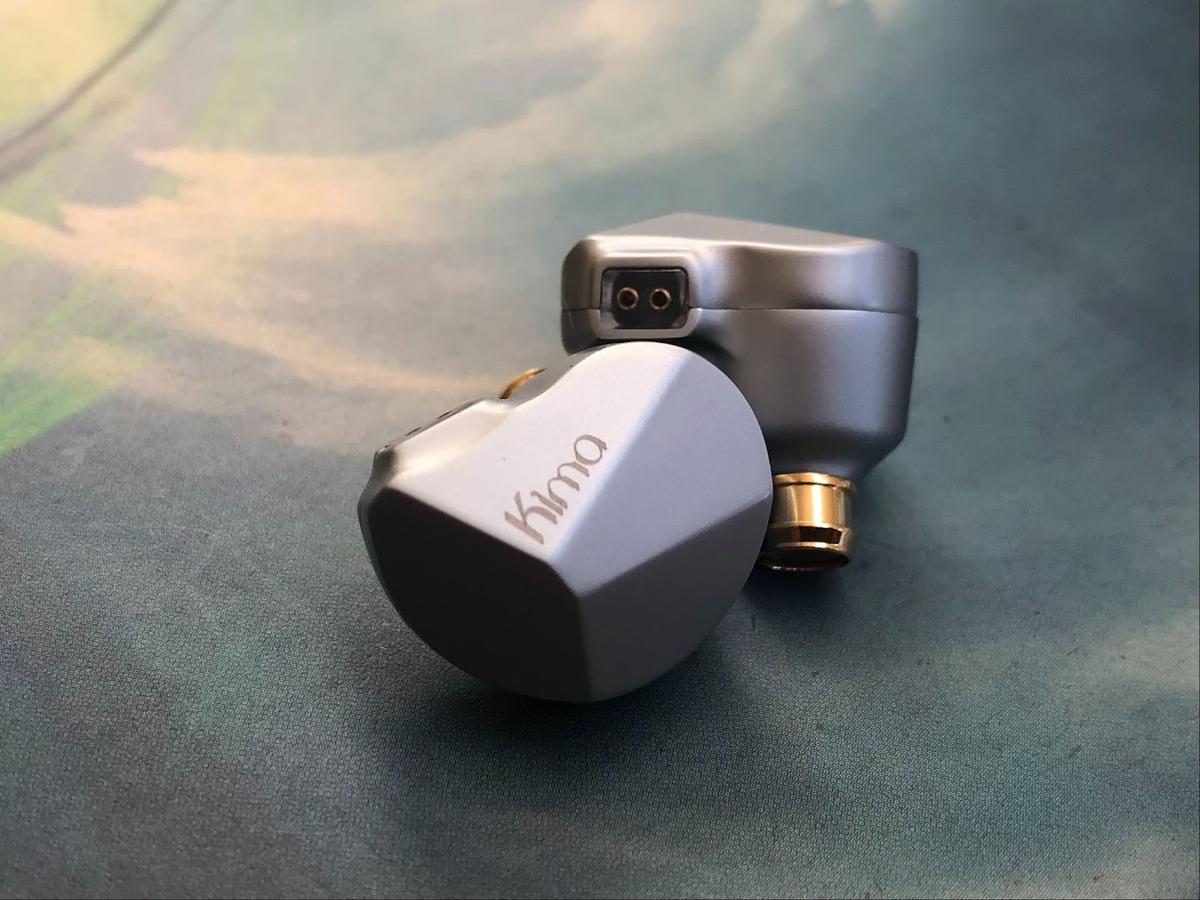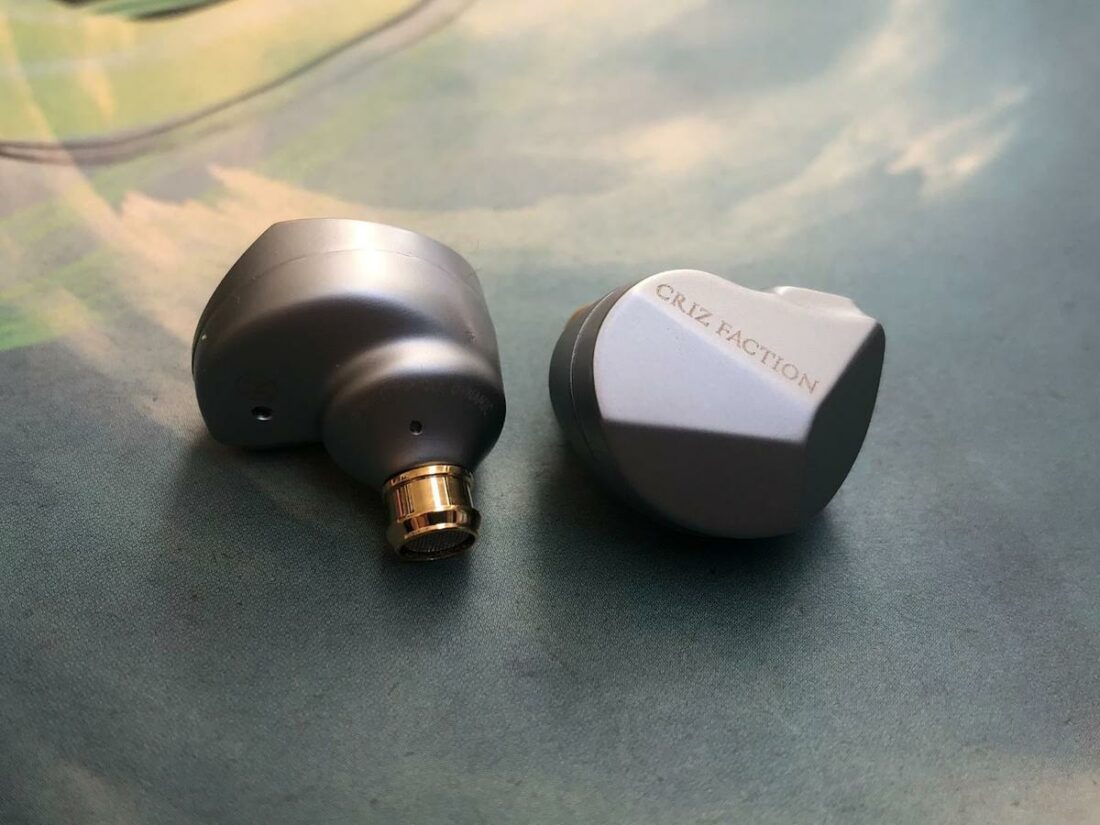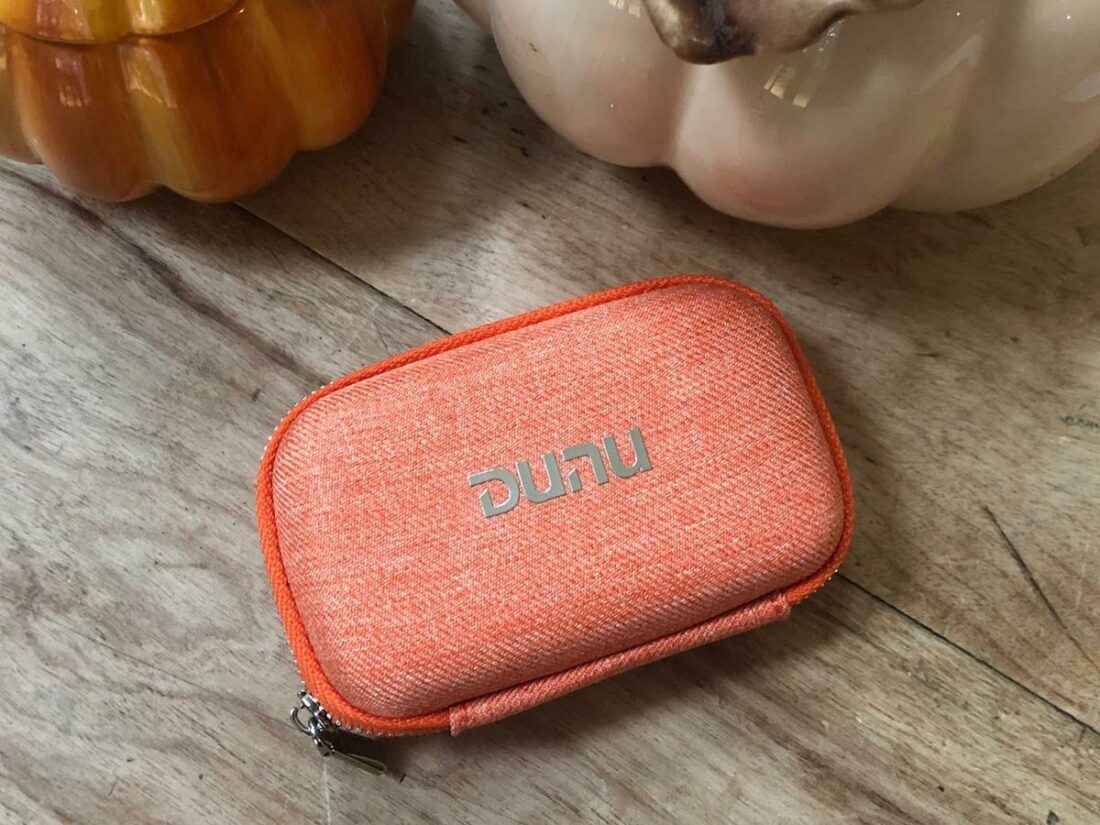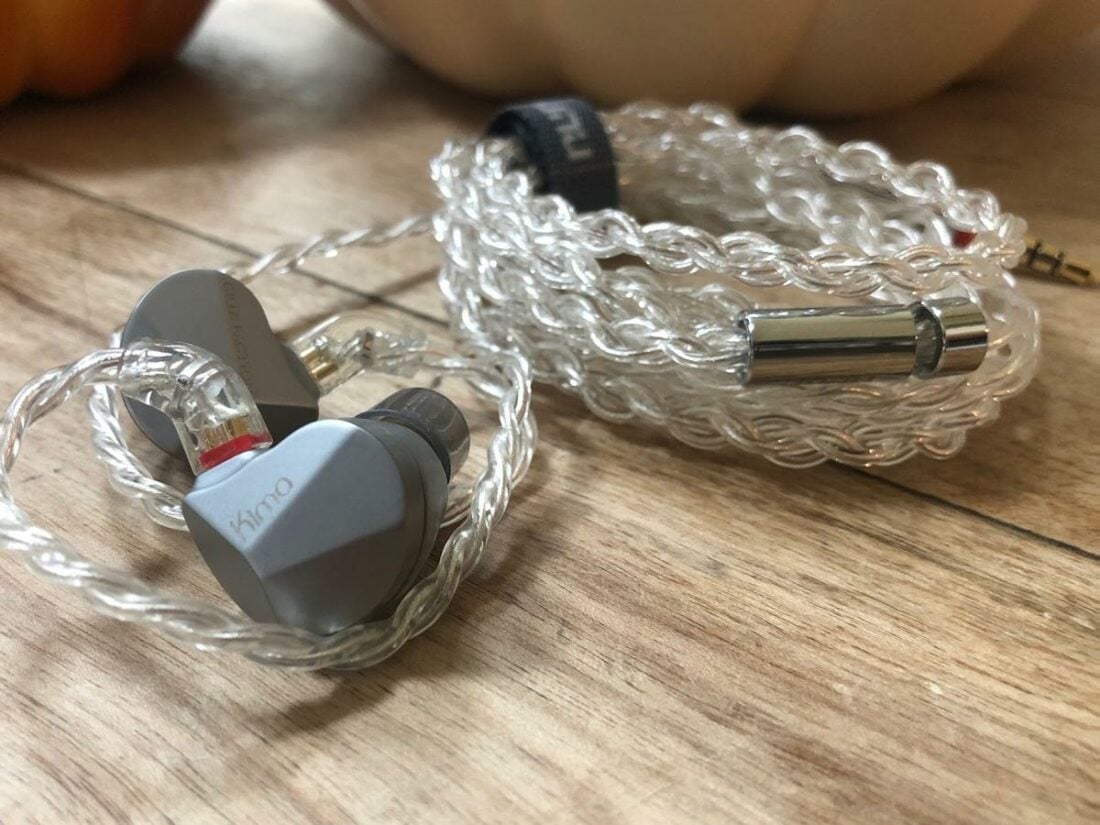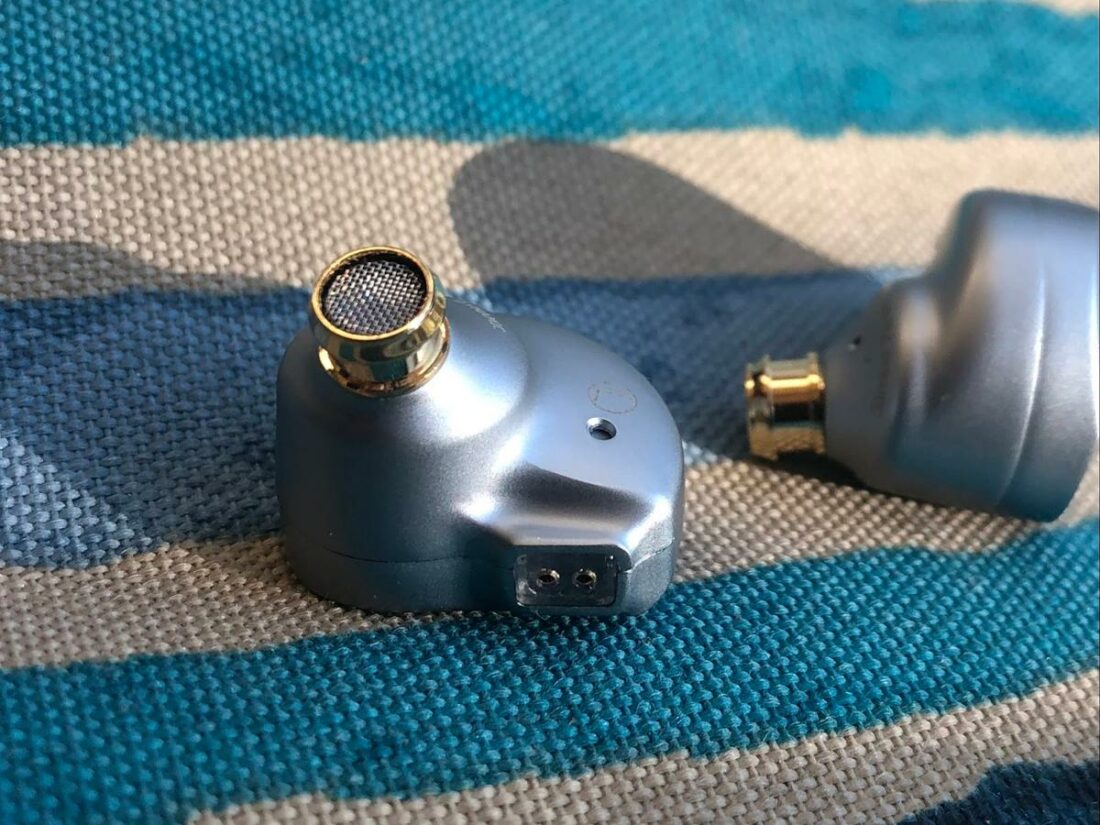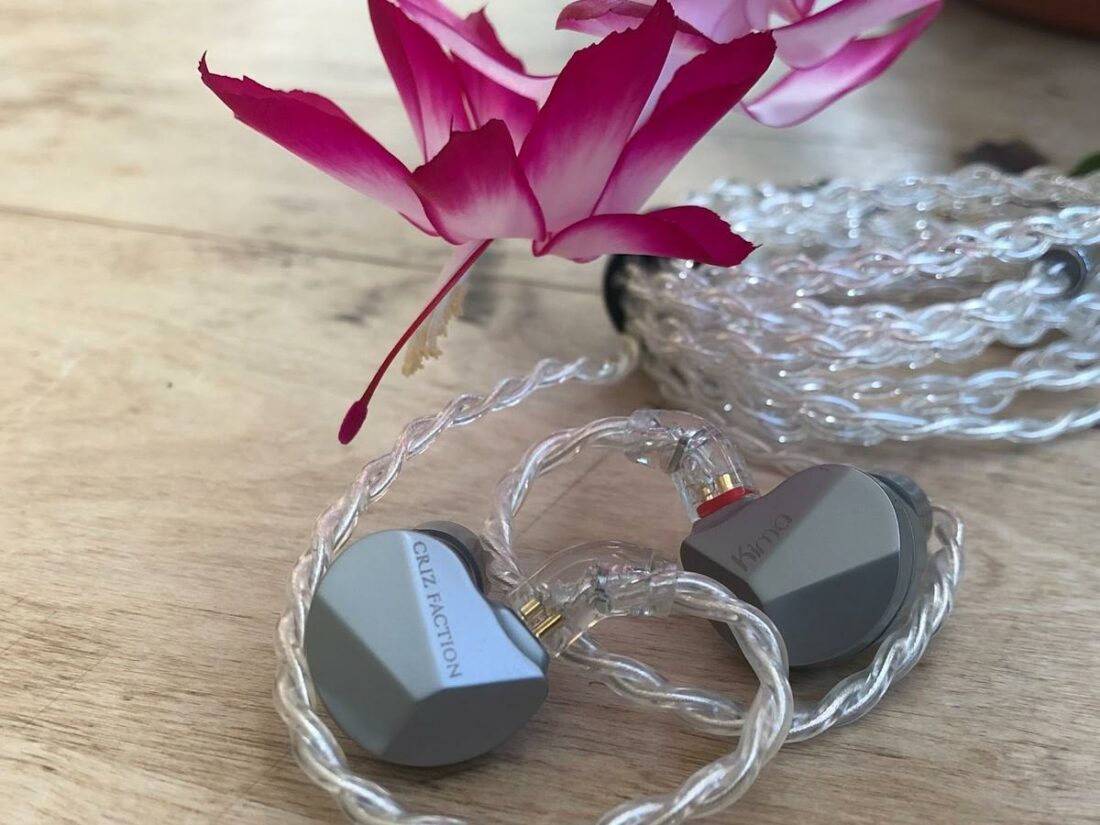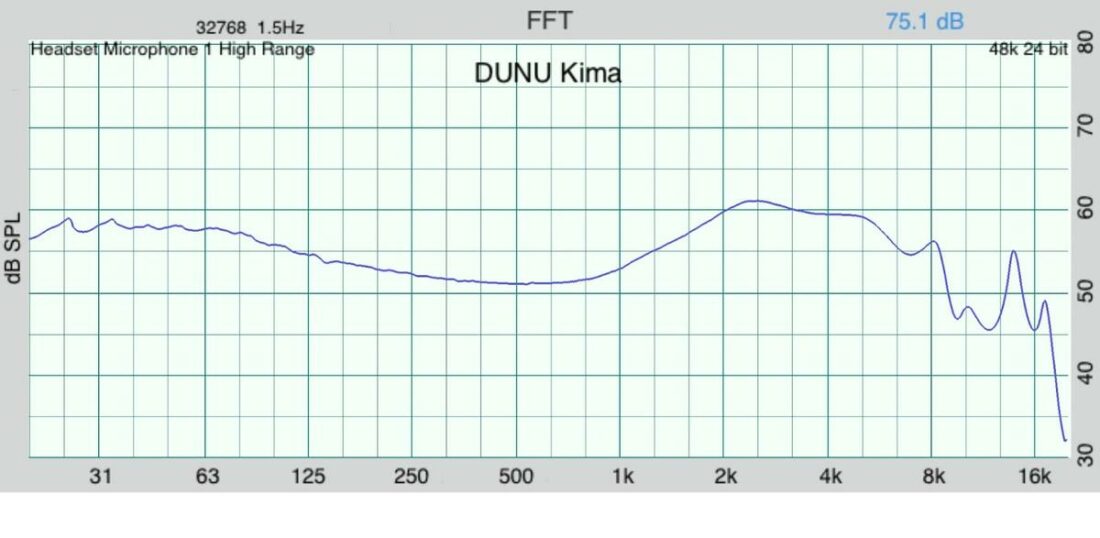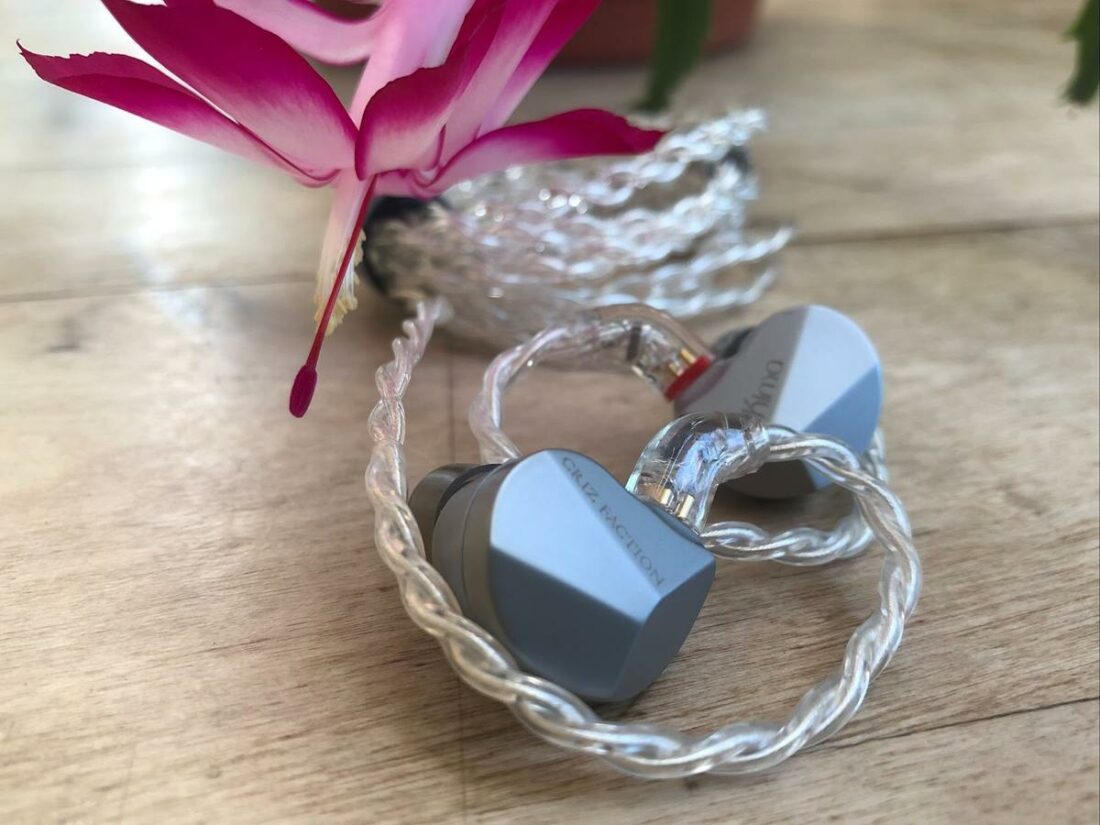DUNU launched a brand-new budget single dynamic driver pair of IEMs with an inspiring slogan that speaks directly to the heart of all of us. Yes. You read that right. The CRIZ FACTION! It’s important enough to be laser engraved on one of the earpieces. A quick web search later, and I’m still confused. There appears to be absolutely no explanation available. Ok then, odd slogan aside, we can get some insight into the thinking behind the Kima by focusing on their name. According to Google, Kima is a South Asian dish of ground beef, spices, and peas that is a delicious and quick meal when served with rice. Right. Of course, that’s gotta be it. Adding to my confusion is the anime girl mascot on the box cover. Maybe she’s a fan of the dish? With expectations firmly set by ground beef, a waifu, and CRIZ FACTION protectors, we have a good idea of what to expect with this new set of IEMs from DUNU. Huh? No, I guess not. Regardless, priced around USD $100, the Kima are entering perhaps the most saturated and highly competitive bracket of IEMs. Around this price point, consumers have learned to expect near miraculous combinations of terrific sound quality, generous included accessories, and robust build quality. The Kima will find it tough to differentiate themselves from the competition, and it’s unclear whether they’ve done enough with the name, slogan, or box art. Let’s hope that the important stuff – sound, build, and comfort – can elevate the Kima to stand out from the crowd. Put on your maid’s uniform, grab a plate of beef and peas, and join me at the table to taste what Kima offers.
Company Overview
DUNU, a sub-brand of Top-Sound Electronics Limited, located in Dongguan City, China, has manufactured earphones since 2003, including OEM/ODM products for other audio companies. DUNU boasts huge production facilities and a comprehensive suite of state-of-the-art testing equipment – Brüel & Kjær head-and-torso simulators, spectral analyzers, and anechoic chambers. Driver development is done totally in-house. DUNU has obtained internationally-recognized acoustic research achievements and patents. DUNU is one of the pioneers in developing a full beryllium dome single dynamic driver, featured in the LUNA. The company has also released some crowd favorites, such as the Titan S, DK-2001, Zen Pro, EST 112, VULKAN, KIMA, and SA6, in addition to having a vast accessory line-up.
Technical Specifications
Form: IEM Drivers: 10 mm dual-chambered dynamic driver with Diamond-Like Carbon (DLC) diaphragm Impedance (Ohm): 32 Ohms Sensitivity (dB): 108 dB Frequency Range: 5 Hz – 40 kHz THD+N: <0.3% @ 1 kHz Removable Cable: Y, 1.2m Source Jack: 3.5mm TRS Cup/Shell Jack: 2-pin, 0.78mm Weight (g): 15g
Packaging
A plain black cardboard box is wrapped in a grey sleeve featuring a cartoon maid girl on the front and specifications on the back. Slide open the box, and the IEMs are set in a standard foam cutout sheet, with cable in a labeled smaller box.
In the box
DUNU Kima IEMs 3 pairs (S, M, L) ‘Candy’ silicone ear tips (labeled “Bass Tips” online) 3 pairs (S, M, L) ‘Stage and Studio’ (S&S) silicone ear tips (labeled “Vocal Tips” online) 3 pairs (S, M, L) grey silicone ear tips (labeled “Balanced Tips” online) 3.5mm TRS, 2-pin 0.78mm, 4-core cable (1.2m) 3.5mm to 6.35mm adapter Grey cleaning cloth Black cleaning brush (this appears included in the standard package but was not included with my pre-release pair). Zippered storage case (11.5cmx7.5cmx3.5cm)
The case is a hard-shelled fabric and hinged, and it only opens about 4-5cm, which makes it slightly difficult to get things in or out. An interior pocket can hold extra ear tips, but it’s pretty tight to fit anything but the smallest dongle with the IEMs and cable. There’s quite an assortment of various ear tips styles and sizes. The Stage and Studio’ (S&S) silicone ear tips (labeled “Vocal Tips” on DUNU’s site) are unusual as they are straight-walled inside and out rather than spherically flaring out. The other tips are fairly standard fare.
Cable
The cable is standard IEM fare these days with clear, rubber-coated, silver-plated copper strands in a 4-wire Litz weave pattern. The metal 3.5mm plug, y-split, and chin slider are all mirror-finished. The 0.78mm, 2-pin connectors are constructed from angled clear plastic; one is color-coded red to identify the right side. It’s totally fine and suitable for a pair of IEMs in this price range, but nothing outstanding.
Design
The IEM shells are constructed from zinc alloy and are silver matte-finished. The seam separating the faceplate from the body is flush and smooth. The four beveled edges on the faceplate do a good job highlighting shadows and light as intended. “Kima” is engraved on the right IEM, while “CRIZ FACTION” is engraved on the left. “L” and “R” indicators are engraved on the inside surface, and “DUNU 10mm DLC Dynamic” is written around the base of the nozzle. The gold-plated brass nozzles are ridged to retain ear tips, have a metal interior grill, and are polished and extraordinarily shiny. There is a small vent located near the nozzle and a larger circular vent hole on the inside surface of the main body.
Comfort
Although constructed of metal, the Kima are relatively lightweight (15g). Coupled with the smooth ergonomic shape and small size, the Kima are comfortable in the ear. Again, nothing especially unusual here, just good design from a company with experience crafting IEMs.
Internals
Kima features DUNU’s new 10mm (Diamond-Like Carbon) DLC dynamic driver and N52 Neodymium magnets in a dual cavity chamber. The driver uses a “high-tension ultra-fine” voice coil purported to deliver a cleaner and more natural sound presentation.
DUNU Kima Sound
I auditioned the Kima primarily powered by my iPhone X and Hidizs XO dongle, as well as a Hidizs AP80 Pro-X paired with a Chord Mojo 2. Music choice and format varied wildly, predominantly hi-res FLAC files of modern genres. The Kima are rated at 32 ohms impedance and 108 dB sensitivity, making them easy to drive from most portable sources. They work fine powered from the lowly Apple 3.5mm adapter, and dongle amplifiers add a bit of sonic flavor rather than any required power. For all the craziness around naming and packaging, the DUNU Kima walk pretty much down the center of the path. Safe and balanced are the name of the tuning game, and the Kima should be liked by most but don’t manage to stand out, for better or worse. The Kima feature Harman-influenced tuning with a light v-shaped profile. The midrange is a touch behind, but there isn’t crazy energy at the frequency extremes. It’s all very pleasant sounding, if not overtly exciting. Detail retrieval is sufficient to give a feeling of clarity and resolution, but much like basshead listeners won’t be satisfied with the Kima’s low-end, trebleheads will likely be disappointed with the moderate upper-frequency extension. I realize it may sound like I’m complaining, but the safe signature of the Kima is their defining characteristic and will undoubtedly please most listeners. They aren’t a challenging pair of IEMs to listen to, and while they may not excel at any one thing, they do most everything competently for a pair of IEMs in this price range. They are a touch warmer than truly neutral sounding, and the Kima are very palatable. A touch more mid-bass presence is well-balanced by a quick-feeling response and decent technical chops. They aren’t the most spacious sounding, but the Kima’s intimate presentation is sonically pleasing.
Bass
The Kima’s mid-bass presence is somewhat forward but remains fast enough to provide texture and detail to the music and avoids sounding one-noted. This is at the expense of sheer visceral presence and impact, however. The Kima are polite rather than blatantly punchy or hard-hitting. The lowest bass frequencies are soft, meaning sub-bass presence isn’t as thunderous as what some of the competition has on offer, and the Kima will best suit those listening to folk, pop, or rock rather than lovers of booming EDM.
Midrange
The Kima midrange has a pleasing and relatively natural-sounding tonality. They are a touch warmer than neutral, adding to the weight and body of the sound, and the Kima avoid sounding light or thin. The depiction of vocals and instruments remains clear regardless of musical choice, likely due to the controlled lower frequencies failing to bleed upwards significantly. The upper midrange captures just enough energy to keep the music sounding interesting, and the intimate soundstage engages the listener.
Treble
The treble is, perhaps unsurprisingly, fairly restrained and likely won’t cause even the most treble-sensitive listeners any concern. As the upper midrange transitions into the higher frequencies, there continues to be enough presence to remain articulate, but nothing jumps out. The Kima aren’t the most spacious or open-sounding IEMs, but they don’t suffer from piercing sibilance or veiled muddiness. They walk that middle line of just bright enough to sound reasonably crisp and lively without extending particularly high into the airier registers.
Where to Buy
Conclusion
It is possible to be quite good without being particularly special. If that’s a win or a loss is a matter of perspective. The Kima are jumping into the jam-packed, near-USD$100 IEM market. Consumers shopping in this segment are spoiled for choice. All driver types are on offer around this price point (dynamic, hybrid, BA, and planar-magnetic), as well as various designs and included accessories. To stand out, a pair of IEMs have to do something different; they have to be exceptional in some way. Segment redefining sound quality or a unique tuning. A generous inclusion of accessories, including a modular cable, many ear tip choices, and an excellent case. Trendsetting design or packaging. The Kima sound very good for their price. They come with a reasonably generous set of accessories. Like much of their competition, they are packaged with a picture of a pretty anime girl on the box. But do they stand out? Beyond the absurdity of the name and packaging, not really. But that doesn’t mean potential buyers won’t be entirely satisfied with the Kima – they do the important stuff quite well. They are a pleasant-sounding and safe choice. They offer decent value and are well-made. They are comfortable and unfatiguing to wear. But they’re unlikely to top anyone’s gear-of-the-year list and probably will remain middle of the pack. Only the extraordinary are likely to be remembered – that’s the reality of the cutthroat, ever-evolving ChiFi IEM market these days.
